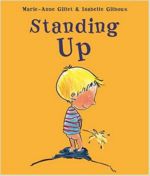
When the enemy bombs the library, everything burns, and only one book survives. As war rages around them, Peter and his father, alongside so many refugees, flee their home, taking with them a treasure box that holds something rarer than rubies and more precious than gold.









